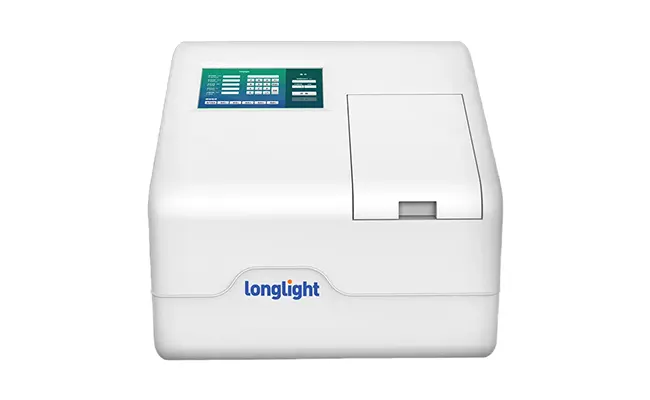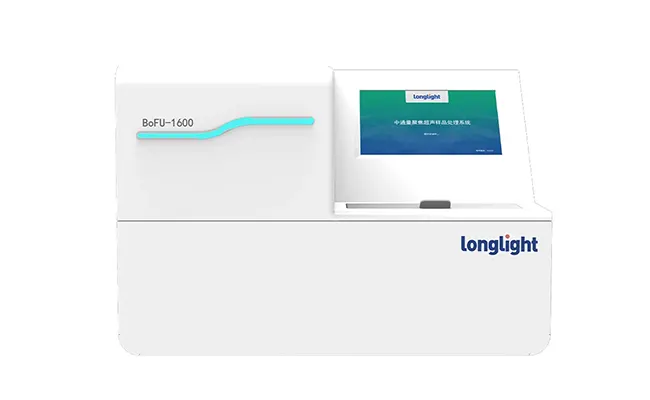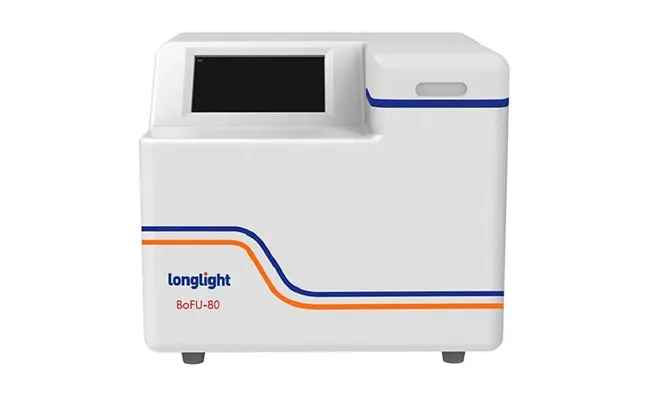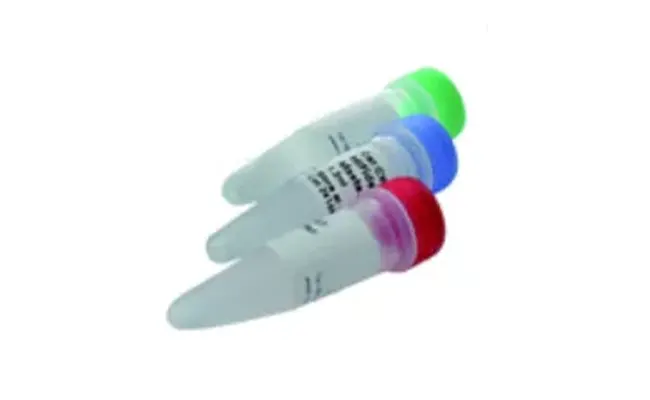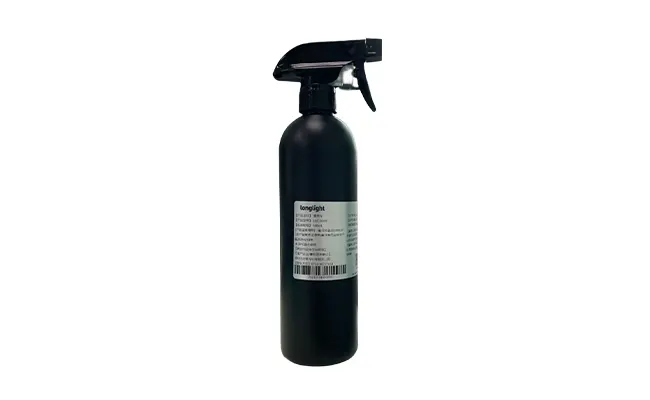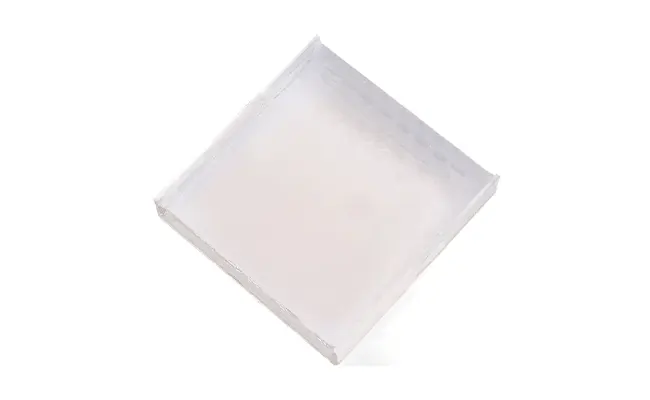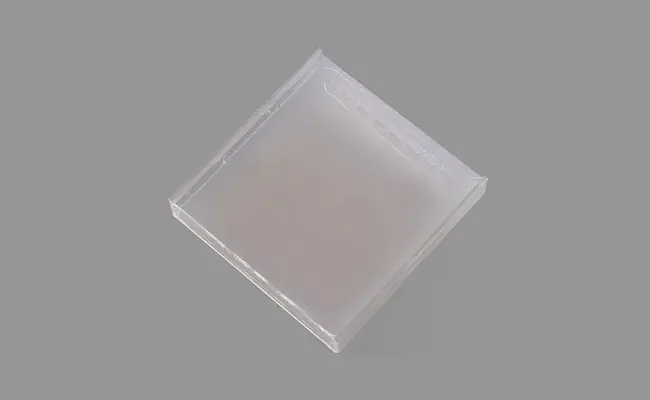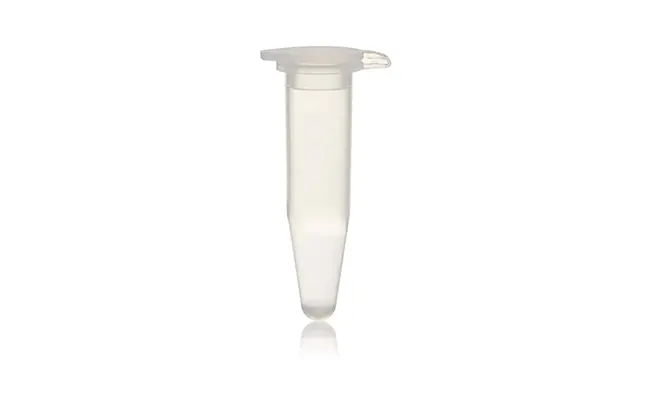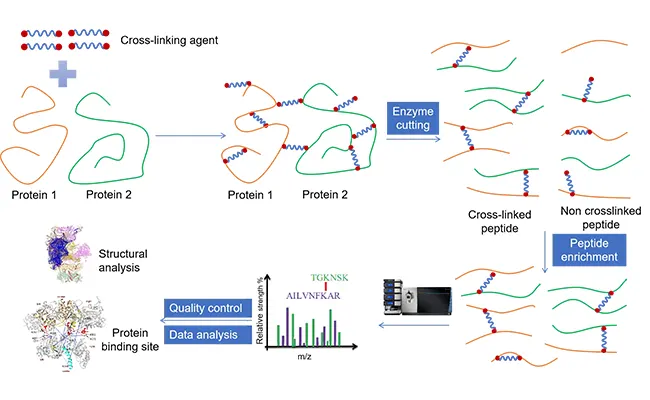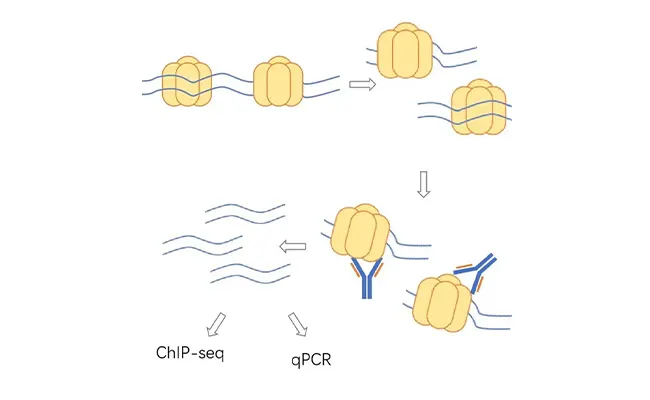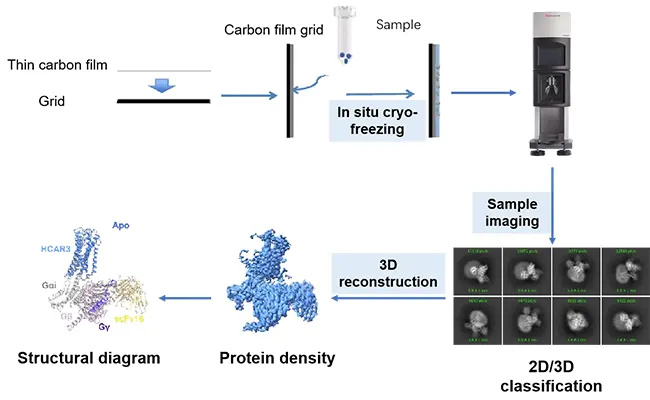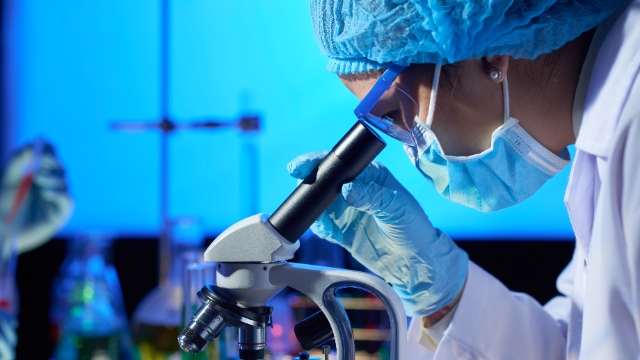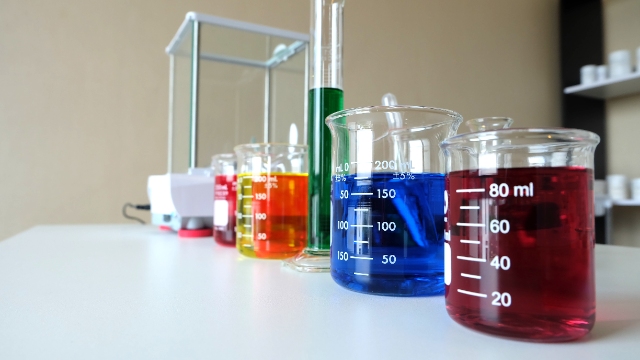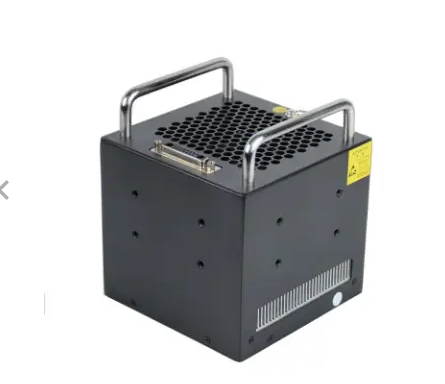Related Post
What is Wide-Area UV Exposure?
2025-07-22Wide-area UV exposure is the application of ultraviolet (UV) light in the industrial, medical, and electronics fields. It offers sophisticated uniform UV irradiation on large-format substrates such as printed circuit boards (PCBs), solar panels, displays, and even packaging materials. This technique is carried out using specially designed high-power broad-beam UV LED systems, which offer uniform exposure over the entire surface.
Modern Applications in Industry
These systems enhance precision, speed, and efficiency as they incorporate wide-area UV exposure systems. Surface treatment and bonding processes have greatly benefited from the powerful capabilities offered by wide-area UV exposure systems. In further detail:
- Improves curing consistency: The balanced distribution of light results in the minimization of errors within the radiation exposure.
- Throughput in production lines is increased: Large area coverage leads to faster processing and surge production of larger batches, which reduces cycle count.
- Reduction in manual labor: Systems designed to work autonomously operate without the need for manual editing, retouching, or movement of the design.
- Improve product performance: Advanced chemical bonds and enhanced performance are achieved with consistent activation of photo initiators by UV light, resulting in stronger chemical bonds.
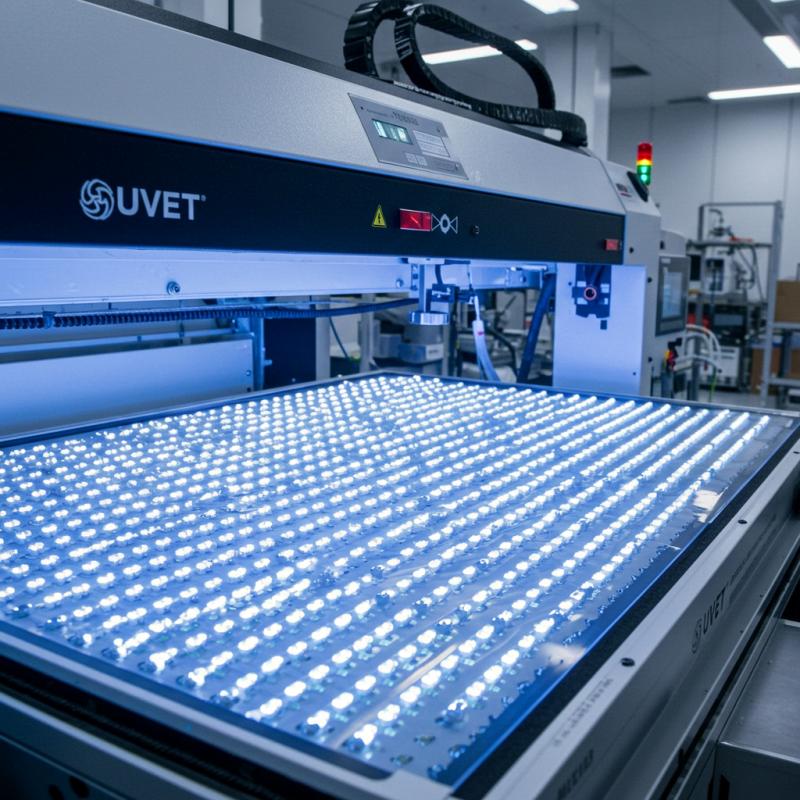
Due to the low power consumption and long lifespan of UV LED panels, these systems are economically cost-efficient and environmentally friendly. Currently, they are used in core electronics manufacturing, automotive assembly, printing, and medical device fabrication, among several others. In modern industrial settings, high-volume and zero-defect output is the standard, and this can be achieved with wide-area UV exposure. It may be used in almost all contemporary production procedures and can very accurately and quickly perform tasks such as coating circuit boards or optical layer bonding.
Key Technologies in Wide-Beam UV Systems
Current systems have:
- Large format and wide applications-oriented UV LED exposure panels;
- Uniform UV intensity control for no curing voids and weak spots;
- Safety thermal regulation systems for the components.
- Delivery of the targeted beam is achieved using optical beam shaping lenses, revealing shower beams.
Cross-Industry Use Cases
Wide area UV exposure systems cross different fields of industry, have been created to help incorporate powerful yet efficient scaling surface treatment operations.
- In electronics manufacturing, these systems allow precision PCB solder masking, as well as sensor and lens UV bonding and encapsulation of delicate components. Their capabilities are invaluable as uniform precision energy applications require minimal rework and are more efficient for performing precision tasks.
- Ultrasound is used for the robotic assembly of catheters and other diagnostic casings, which are also disinfected and surface sterilized using UV lights in clean rooms. UV LED lights that do not contain mercury are compliant with industry standards, which makes therapeutic devices such as catheter hubs and diagnostic casings safe to bond with UV illumination.
- The use of UV exposure systems for wide-format digital printing performs flexo and hot lamination with ultrasonic precision. Faster production cycle times are achieved, and the durability of the printed works has significantly improved.
- Renewable energy is used in ultrasonic UV coating for photovoltaic cells and their protective layers on solar modules. Uniform panel treatment, as in other cases, greatly improves energy efficiency and extends the overall life span.
The requirements for precision and safety standards are met by wide-area UV exposure across different sectors. Along with contemporary industrial needs, it meets the unmatched performance.
Choosing The Right Wide-Area UV Exposure System
Your industry, the substrate, and your process goals will all factor into which system you choose. The following are key considerations:
- Coverage Area
Warranty uniform illumination for every surface with an area ranging from 100 mm^2 to 1000 mm^2 or above. Lack of uniform exposure will lead to suboptimal bonding or curing.
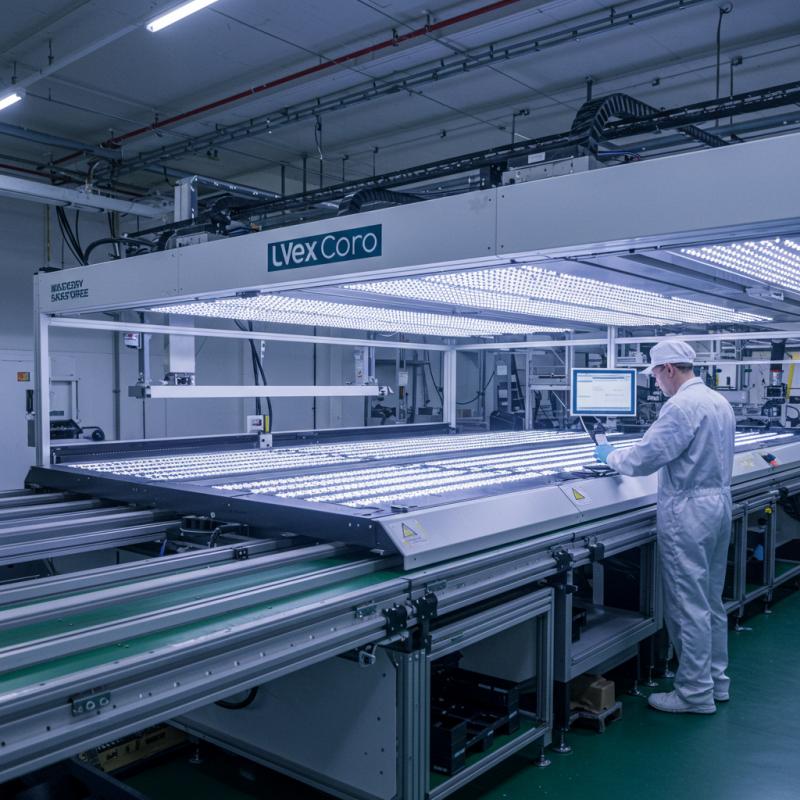
- Compatibility With UV Wavelengths
Verify that your photo initiator or material matches the UV wavelength (usually between 365nm to 405nm). For example:
• Deep curing of transparent resins is best achieved at 365nm.
• Surface bonding is better accomplished at 395nm and 405nm due to lower heat generation.
- Intensity and Irradiance
Look for higher spectral power density (mW/cm2) for better results. This will enhance the efficiency and speed of curing, especially in automated production lines.
- System Modularity
Select systems equipped with interchangeable LED modules, configurable exposure zones, and programmable controls to enhance flexibility within the workflows.
- Cooling and Thermal Management
Safeguarding against the overheating of LEDs and maintaining dependable output levels is critical for preserving their longevity. Therefore, effective systems with both water and air cooling are of the utmost importance.
Benefits of Large-Area UV LED Exposure
Large area systems are a sought-after solution for their precision UV exposure, speed, eco-friendliness, and transformative impact on industrial processes. Having uniform UV coverage across substrates is considered the most beneficial feature since it guarantees consistent curing, regardless of the process, be it bonding, printing, or disinfection. Even exposure reduces variances and enhances product quality.
- These systems deliver high-speed curing, which streamlines processing time without compromising performance. Compared to older mercury bulb lamps, these systems also provide greater efficiency and lower power consumption, as UV LEDs are greener and more economical.
- These UV LED panels release neither mercury nor ozone, making them safe for confined areas and compliant with international safety standards. There are no other harmful substances that need to be managed with special handling or ventilation systems, making work processes simpler and more cost-effective.
- Modern systems incorporate touch screen interfaces, enabling the setting of power controls, exposure duration, and even treatment wavelengths. This means, for example, that precision UV LED systems will always guarantee repeatable results irrespective of operational workloads.
- Unlike traditional lamps, LED systems provide instant-on operation with no warm-up time, resulting in enhanced productivity and reduced downtime. Usable time is now spanning a decade, greatly improving warranty periods as well.
UVET: Your Partner in Scalable UV Engineering
At UVET, we specialize in building wide-area UV exposure systems for OEMs, production plants, and R&D laboratories with scaling ease in mind. We design engineered workflow-integrated UV solutions tailored to your needs, from compact devices to fully automated assembly lines.
- We specialize in custom hyperfocal exposure panels and tailored multi-wavelength modules designed for flexible curing and disinfection operations. Furthermore, complete OEM integration services are offered for the simplification of system-level design. From prototypes to full production, we provide high precision and uniformity in UV output.
- Training and calibration tools from us to enable your team to sustain a longstanding optimal operation and deployment. Should the need arise, support for UV system integration relevant to your materials and applications is also provided.
Conclusion
The operational versatility of primary UVET systems makes them ideal for wide-area UV exposure because curing, bonding, and sterilization can be performed in various industries. Integrating intelligent systems, UVET controls irradiance and energy efficiency for consistent, reliable operation. Looking to transform? Reach out or check our products at UVET.

